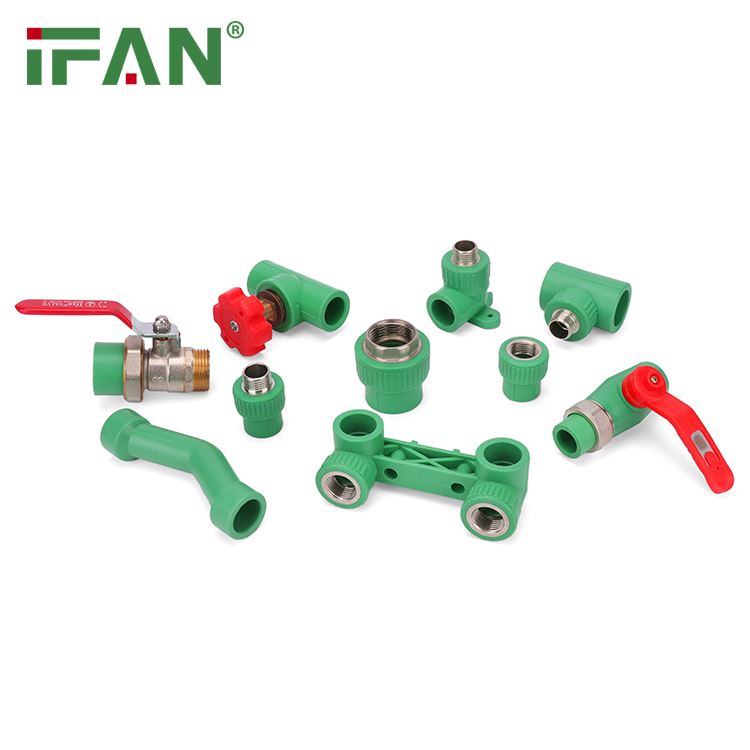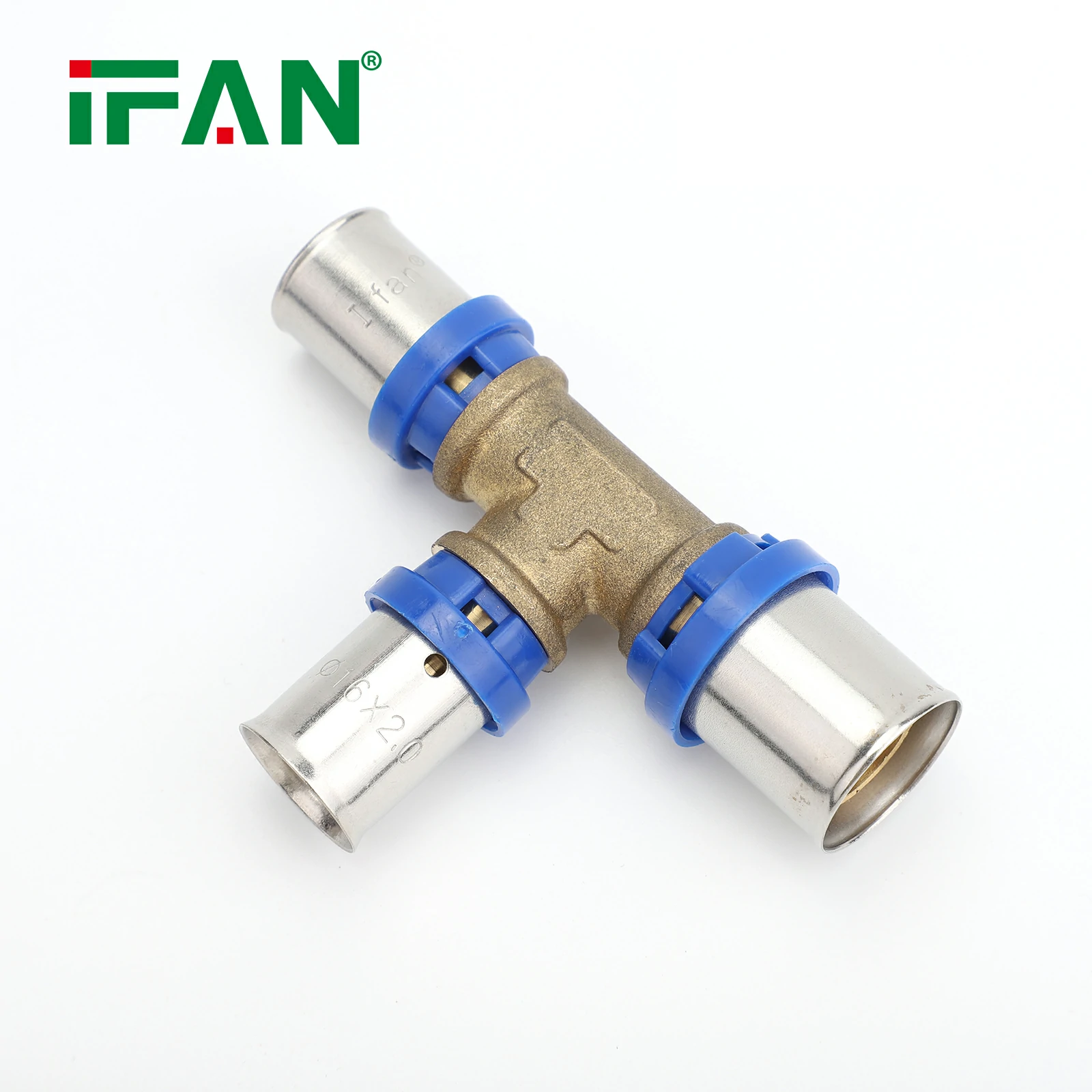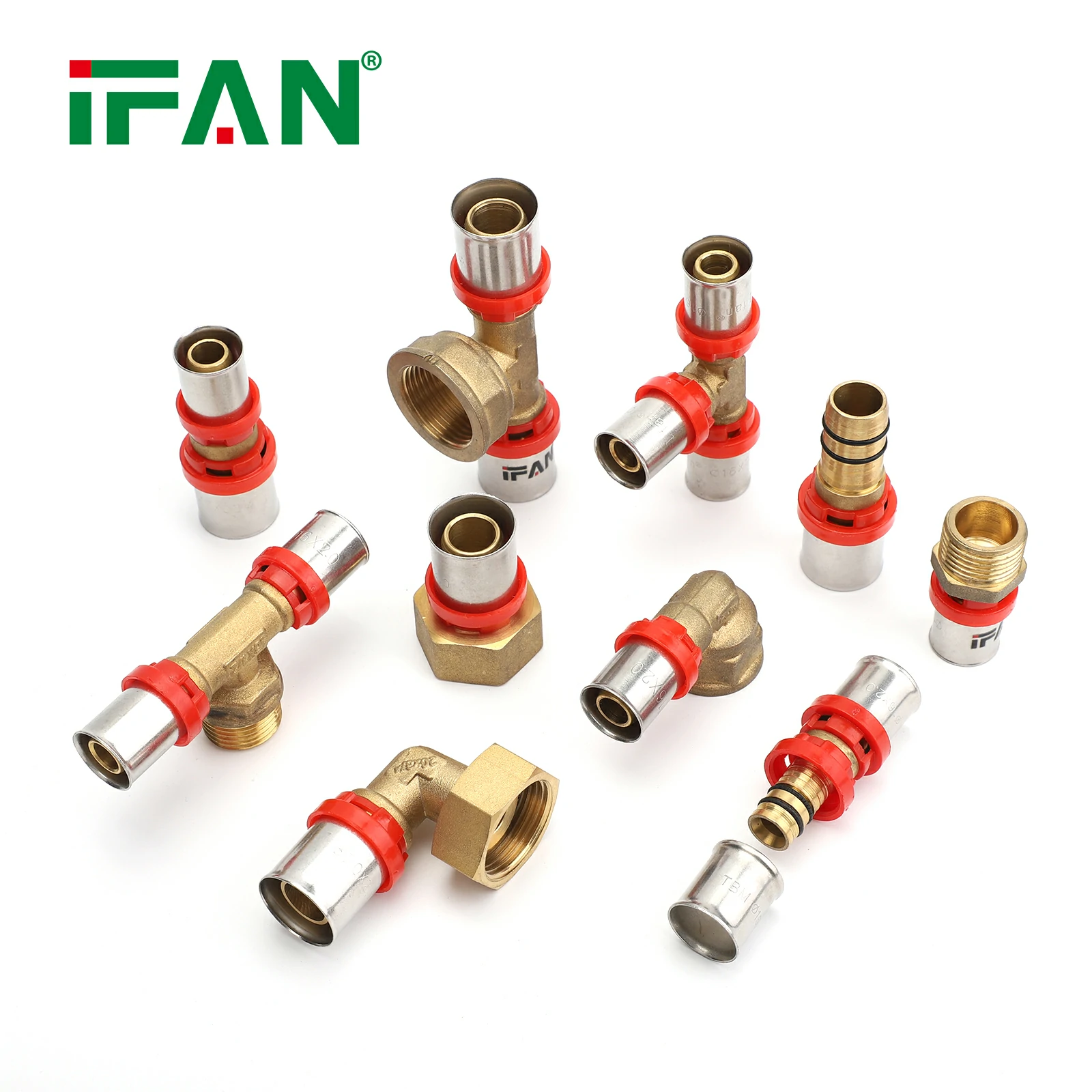Effortless Installation with High-Quality PPR Fitting
Effortless installation is a top priority for any construction project. When it comes to piping systems, choosing the right fittings is key to ensuring a smooth and seamless installation. PPR, or polypropylene random copolymer, is a popular material for piping systems thanks to its durability, corrosion resistance, and high temperature tolerance. But PPR fittings are equally important to guarantee optimal performance and easy installation. In this article, we will explore the benefits of high-quality PPR fittings and how they can make installation effortless and hassle-free.

Durability and reliability
One of the main advantages of PPR fittings is their robustness and resistance to wear and tear. High-quality PPR fittings are designed to withstand high pressure and temperature, making them ideal for use in industrial and commercial applications. They are also highly resistant to corrosion, which means they can be used with chemicals and corrosive fluids without deteriorating over time. This durability and reliability translate into a long-lasting and low-maintenance piping system that requires minimal upkeep.
Ease of installation
One of the reasons why PPR has become a popular material for piping systems is its ease of installation. Unlike metal pipes, PPR pipes and fittings can be easily cut, bent, and adjusted on site without requiring specialized tools or equipment. They are also much lighter than metal pipes, which makes them easier to transport and handle. But to ensure a truly effortless installation, choosing high-quality PPR fittings is essential. These fittings are precision-engineered to fit seamlessly with PPR pipes, reducing the risk of leaks and ensuring a uniform and reliable connection.
Versatility and flexibility
Another benefit of high-quality PPR fittings is their versatility and adaptability. PPR fittings are available in a wide range of sizes and shapes, which means they can be used to accommodate different pipe diameters and configurations. They also come in various types, including couplings, elbows, tees, and reducers, allowing for maximum flexibility in designing and configuring a piping system. High-quality PPR fittings can also be used with other materials, such as copper, without compromising performance or durability.
Cost-effectiveness
Finally, choosing high-quality PPR fittings can offer significant cost savings in the long run. PPR pipes and fittings have a much longer lifespan than traditional metal pipes, which means they need to be replaced less frequently. They are also highly energy-efficient, thanks to their low thermal conductivity, which reduces heat loss and improves the overall performance of a piping system. By investing in high-quality PPR fittings, construction companies can reduce maintenance costs, minimize downtime, and improve the efficiency and sustainability of their projects.
Conclusion
Effortless installation and high-quality performance are not mutually exclusive when it comes to piping systems. By choosing the right fittings, construction professionals can ensure a fast, reliable, and hassle-free installation that guarantees optimal performance and durability. High-quality PPR fittings offer a range of benefits, including durability and reliability, ease of installation, versatility and flexibility, and cost-effectiveness. By considering these factors, construction companies can make an informed decision when selecting the right PPR fittings for their projects.







